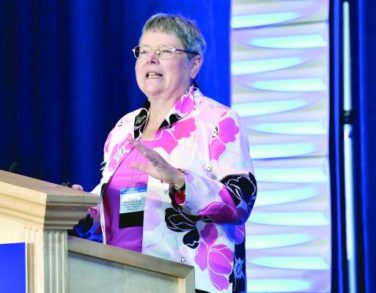Adults aged 40 years and over have a mean 10-year risk of 5.3% for major osteoporotic fracture, according to the National Center for Health Statistics.
That risk includes a 10-year probability of 0.5% for hip fracture, based on estimates using the FRAX algorithm. These nationally representative estimates, the first to use the FRAX algorithm in this population, are based on 2013-2014 data from the National Health and Nutrition Examination Survey and show that the adjusted mean risks for those aged 50 years and over are 7.4% for major osteoporotic fracture and 0.9% for hip fracture, the NCHS reported.
The 10-year probabilities vary significantly by race and Hispanic origin: Non-Hispanic whites have the highest risks, at 6.6%, for major fracture and 0.67% for hip fracture, compared with 3.4% and 0.42%, respectively, for non-Hispanic Asians, 3.2% and 0.3% for Hispanics, and 2.25% and 0. 11% for non-Hispanic blacks, the NCHS said.
The risk estimates in this analysis agree in large part with guidelines from the National Osteoporosis Foundation, which “use elevated FRAX scores in combination with low bone mass to define treatment eligibility,” the investigators said. FRAX-based findings, they noted, may provide “a more global evaluation of fracture risk than can be obtained from estimates based on [bone mineral density] alone.”




